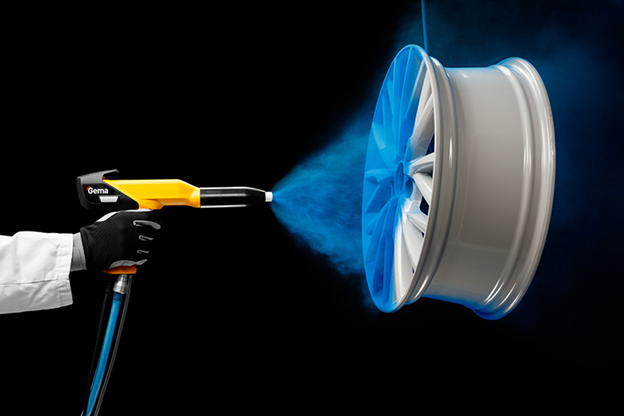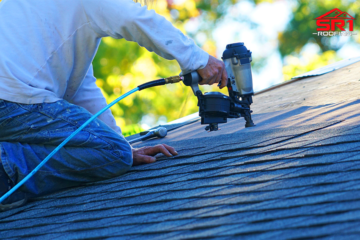Powder coating is a popular and highly effective finishing process used in a variety of industries to achieve durable, attractive finishes on metal and other surfaces. However, achieving a perfect powder coating finish requires careful attention to detail and adherence to best practices. In this blog post, we will share five essential tips to help you achieve an outstanding powder coating finish every time.
1. Proper Surface Preparation
Surface preparation is critical to the success of the powder coating process. A poorly prepared surface can lead to adhesion issues, uneven coverage, and a subpar finish. Follow these steps for thorough surface preparation:
Cleaning
Ensure the surface is free from dirt, grease, oil, and other contaminants. Use a degreaser or an appropriate cleaning solution to thoroughly clean the surface. Rinse well with clean water and allow it to dry completely.
Removing Rust and Old Paint
If the surface has rust or old paint, remove it using sandblasting, chemical stripping, or mechanical abrasion. A clean, bare surface is essential for optimal powder coating adhesion.
Surface Profiling
Surface profiling creates a texture that enhances the mechanical bond between the powder coating and the substrate. This can be achieved through abrasive blasting, which not only cleans the surface but also roughens it to improve coating adhesion.
Pre-Treatment
Applying a chemical pre-treatment, such as phosphating or chromating, can enhance corrosion resistance and improve adhesion. Make sure to follow the manufacturer’s recommendations for the specific pre-treatment process.
2. Selecting the Right Powder Coating
Choosing the right powder coating is crucial for achieving the desired finish and performance. Consider the following factors when selecting a powder coating:
Type of Powder Coating
There are different types of powder coatings, including epoxy, polyester, epoxy-polyester hybrids, and more. Each type has unique properties and is suitable for different applications. For instance, epoxy coatings offer excellent chemical resistance, while polyester coatings provide superior UV resistance.
Color and Finish
Powder coatings come in a wide range of colors, textures, and finishes. Choose a color and finish that align with your aesthetic preferences and functional requirements. Popular finishes include gloss, matte, satin, and textured.
Application Environment
Consider the environment in which the coated item will be used. For outdoor applications, choose a powder coating that offers UV resistance and weather durability. For items exposed to harsh chemicals, select a coating with excellent chemical resistance.
3. Applying the Powder Coating
The application process is critical for achieving an even and durable finish. Follow these tips for successful powder coating application:
Equipment Maintenance
Regularly maintain your powder coating equipment to ensure optimal performance. Check for any clogs, leaks, or wear in the spray gun, hoses, and other components. Properly calibrated and maintained equipment is essential for consistent coating application.
Electrostatic Application
Use electrostatic application techniques to ensure the powder coating particles adhere uniformly to the surface. Hold the spray gun at an appropriate distance (usually 6-12 inches) from the surface and move it in smooth, even strokes. Ensure complete coverage without excessive build-up in any area.
Ambient Conditions
Maintain a clean, dust-free environment to prevent contamination of the powder coating. Control the temperature and humidity in the coating area to avoid issues such as moisture absorption or uneven curing.
4. Curing the Powder Coating
Proper curing is essential for achieving a durable and high-quality finish. Follow these steps for effective curing:
Curing Temperature and Time
Adhere to the manufacturer’s recommended curing temperature and time for the specific powder coating. Under-curing or over-curing can compromise the coating’s performance and appearance. Use a calibrated oven to ensure accurate temperature control.
Even Heat Distribution
Ensure even heat distribution in the curing oven to prevent uneven curing. Position the coated items in the oven so that they receive uniform heat exposure. Avoid overcrowding the oven, which can lead to inconsistent curing.
Cooling
Allow the coated items to cool gradually after curing. Rapid cooling can cause thermal shock, leading to cracks or other defects in the coating. Follow the manufacturer’s recommendations for cooling procedures.
5. Quality Control and Inspection
Implementing quality control measures and thorough inspection ensures that the powder coating finish meets the desired standards. Follow these tips for effective quality control:
Visual Inspection
Perform a visual inspection of the coated items to identify any defects such as uneven coverage, pinholes, runs, or contamination. Use adequate lighting and magnification tools if necessary.
Adhesion Testing
Conduct adhesion testing to ensure the coating is properly bonded to the substrate. Common adhesion tests include the cross-hatch test and the pull-off test. Follow industry standards and manufacturer guidelines for these tests.
Thickness Measurement
Measure the coating thickness using appropriate tools, such as a dry film thickness gauge. Ensure that the coating thickness meets the specified requirements for optimal performance and durability.
Performance Testing
Depending on the application, perform additional performance tests such as impact resistance, flexibility, and corrosion resistance. These tests help verify that the coating meets the functional requirements for the intended use.
Conclusion
Achieving a perfect powder coating finish requires meticulous attention to surface preparation, careful selection of the right powder coating, proper application techniques, precise curing, and rigorous quality control. By following these five essential tips, you can ensure that your powder-coated items are durable, attractive, and high-performing.
Stay in touch to get more news & updates on Discovertribune.Org!




